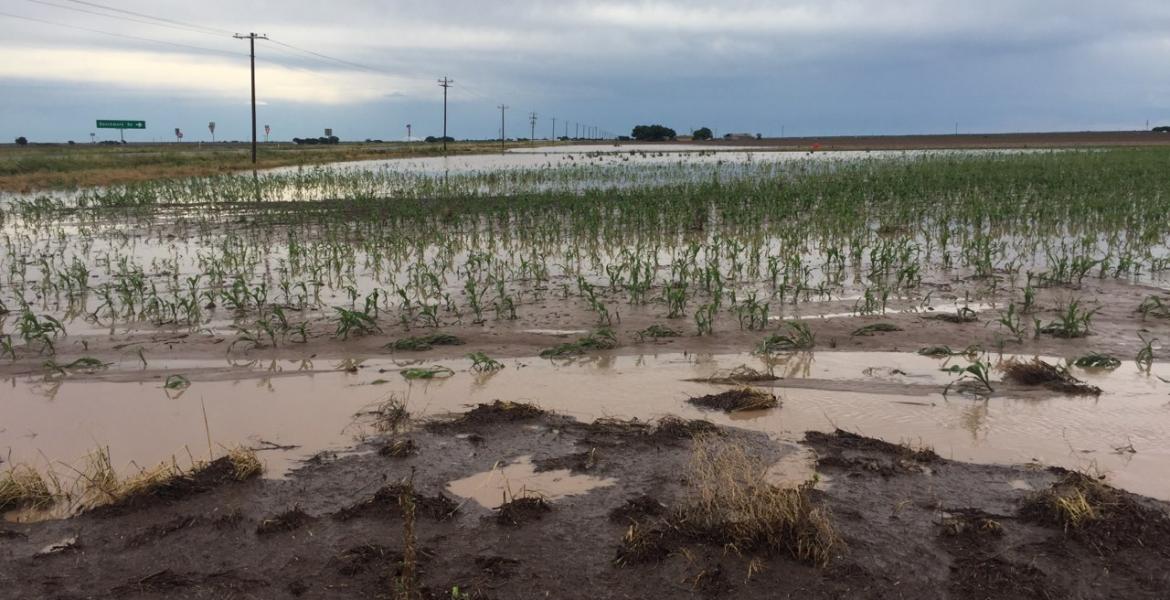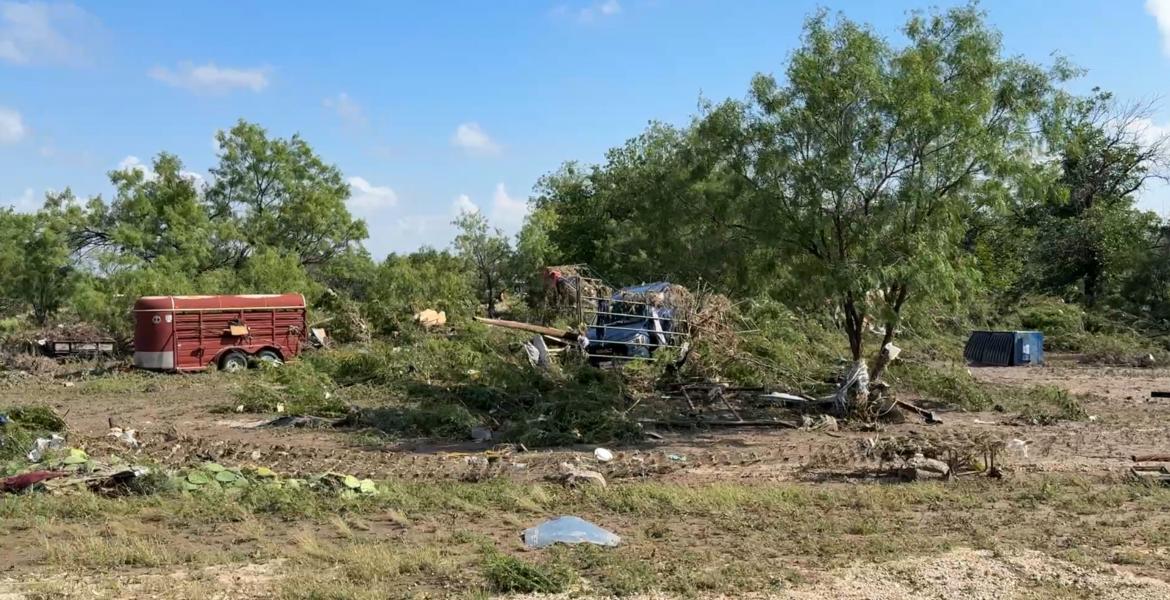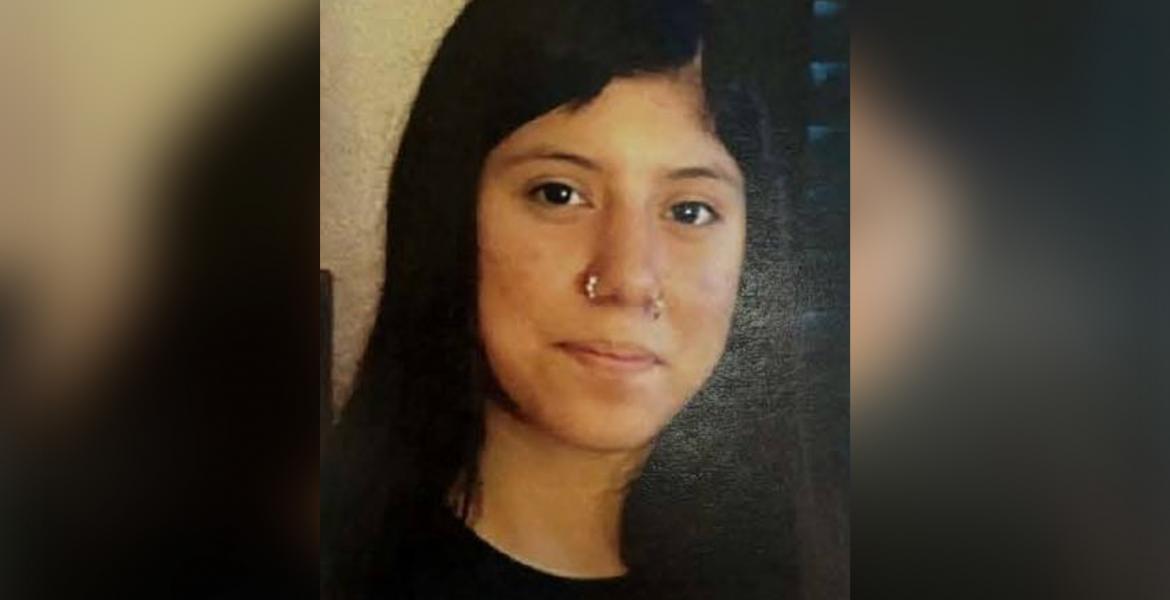Once upon a time, the McNearse Convention Center was the dump for Fort Concho.
“Over time that area got covered over with dirt,” explained Bob Bluthardt, site manager for the fort. “At that time it wasn’t famous, it wasn’t historical—it was that old fort.”
In the ‘70s a convention center was needed, and when they broke ground, they found bits of crockery, hat brass, rifle pieces, dishes, plates and many, many beer bottles. Due to the findings, a dig was scheduled to go through the heap to see if anything of historical value could be found.
“A trash dump is a little different from an archeological dig,” said Bluthardt, who explained that in a normal dig, items are aged in the levels they are found, for example anything found below a 1920 penny will be older than 1920.
“A trash dump is entirely different,” said Bluthardt. “It’s a mix of everything.”
The benefit of a dig at a known dump is that there is virtual certainty that the items were used at the Fort, giving accurate impressions of what they used to eat, what they drank, and other ‘day-in-the-life’ knowledge.
“You do find occasionally something you have a good story with,” explained Bluthardt. “These two serving bowls, also called oyster bowls or chaffing dishes, represent a part of the army you just might not realize.”
In the late 1800s the army wasn’t paid very much, and their food wasn’t so great. A company of soldiers did have a few options available to them with savvy leadership, though.
Their rations were drawn from a commissary based on the company’s percentage of 100. A company with 50 soldiers would draw half the rations.
“If your company cook was efficient and sergeant was honest, you could sell or trade that back to the commissary for good stuff; canned peaches, etcetera,” said Bluthardt.
Along with this, either formally or informally, many men would contribute a few cents a month to a company fund, in order to either buy tastier food or fine china, like the broken dishes found in the trash heap.
“When all the pieces of this were put together, you see the crossed rifles,” Bluthardt explained, pointing out the designs on a dish. “that means infantry. You see the 16, that was the 16th regiment. We know they were stationed here, and you see the B for company B, and we know they were stationed here,” Bluthardt said.
Everyone can relate to food, and one of the purposes of archeology is to know how others ate, played, worried, worked, lived and died.
Especially in the case of food, much is learned about a society by how they cooked, prepared, served and what food they ate.
“It brings the history story back to something tangible,” said Bluthardt.
Broken bowls let us know that the 16th regiment company B occasionally ate nice things out of their hard-earned china.
Various items from the findings under the convention center are displayed from time to time at Fort Concho. Keep a lookout for these pieces of history in future Fort Concho Exhibits.
Subscribe to the LIVE! Daily
Required






Post a comment to this article here: